Healing a Divided People
The Secret of the Afikoman
- March 23, 2018
- |
- 7 Nisan 5778
Rabbi YY Jacobson
3064 views
Healing a Divided People
The Secret of the Afikoman
Rabbi YY Jacobson
- March 23, 2018
Afikoman
For children, it is the highlight of the Passover Seder.
Over the years they discovered that because the seder could not be concluded until this final piece of matzah is eaten, they could “steal” it in order to coerce their exhausted parents, desperate for sleep, into granting them whatever ridiculous demands they should choose to impose, hence the American idea of “Afikoman presents.” For adults, it just seems like an ingenious trick to give kids an authorized “recess,” a chance to run around and have fun while at the same time keeping them involved in what is happening at the table.
What is the Afikoman?
One of the first things we do at the Passover seder, following Kiddush and Karpas, is “Yachatz” which is the breaking of the matzah. Typically a matzah will break into two incongruent pieces. The larger piece, the Afikoman, which literally means “desert,” is stowed away, to be saved for later, and the smaller piece is set in front of us. It is on this smaller piece, that we now recite the entire Haggadah. Many of the most crucial and integral parts of the seder experience are prefaced with the instruction: “Uncover the broken matzah” or “raise up the broken matzah.”
This matzah, precisely because it is small and broken, aptly represents our “bread of affliction,” and “the food of poverty.” It is the quintessential matzah, and it plays a leading role throughout the seder drama. If the seder were a play, this would be one of the main actors. Finally, after concluding the recitation of the entire Haggadah, it is the first thing eaten, and with it we fulfill our biblical obligation of eating matzah.
The larger piece, meanwhile, is hidden away, sidelined and absent; it must wait patiently until its return much later into the night. Only after reciting the Haggadah, after eating matzah, maror, korech, the egg, and after the entire holiday meal do we remember it and retrieve it from its hiding place, and this becomes our “dessert.” Preferably, it is the last thing to be eaten that night so that we sleep with the taste of matzah lingering in our mouths and in our memories.
Although seemingly relegated to a secondary part in the play, and cast into some sort of supporting role, the Afikoman is just as integral, crucial, and necessary to the seder experience as its “younger brother.” Our Sages tell us, “ain maftirin ad acharei hapesach afikoman,” meaning “The seder cannot be concluded without the Afikoman.” It also replaces and represents what was the biblical highlight of the seder, the Pascal sacrifice.
A Tale of Two Matzos
The Passover story—enslavement followed by liberty—is the eternal story of the Jew. “For not only once did they stand up against us to destroy us, rather in every generation they attempt this again. And only G-d saves us from their hands,” we state in the Haggadah.
It is fascinating to observe the prestigious place the seder held and continues to hold in the lives of so many Jews. More Jews conduct some form of Passover Seder than attend even High Holiday services. The seder strikes a chord deep within us. Many of our warmest and fondest childhood memories were created at our parent’s seder table. Somehow the Jew feels that he or she cannot ignore the seder story; it is our personal story as individuals and as a people.
Now we can understand the deeper symbolism behind the breaking and separation of the matzah. Perhaps the matzah represents the Jewish people, the Congregation of Israel, who throughout history have continuously been crushed, flattened and humbled (like matzah), and have been given to eat the “bread of poverty,” the “bread of affliction.” Time and time again we were not allowed to wait until our dough rose, we had to take the wandering stick and leave with nothing but “matzah,” literally and figuratively.
The Division
But for a long time now, our matzah has been divided; we are a divided people. One part of our people, the smaller part of our matzah to be sure, still stubbornly sits at the “seder table,” they sit around the table of their ancestors, following the traditions, continuing the rituals, studying the laws and telling the story. This is the smaller part of the matzah, the minority of our people, which refuses to get up of from the Passover table and find other alternatives for life and for happiness. Yes, they sometimes sit there with closed eyes, half asleep, but they are present. These are the Jews who wake up each morning remembering that we are part of a long narrative—beginning with Abraham, culminating with Moshiach—and we ought to live our lives inspired by this narrative. They don a tallis, wrap tefilin, go to the synagogue, pray to G-d, and send their children to Jewish schools to receive an intense Torah education. These are the Jews who celebrate Shabbos, eat kosher, would not eat a meal outside of a Sukkah, or wear a garment made of wool and linen.
The larger part of the matzah—the majority of our people—have wandered from the seder table, into foreign pastures. They have found alternatives to Torah. Indeed, most of our nation remains ignorant and in many ways apathetic to our heritage and its wisdom, millions of our brethren people feel alienated from our people and its story.
And we can identify the moment in history when the matzah was “split.”
Around 250 years ago, with the French Revolution, and what was known as the age of “Enlightenment,” or “The Age of Reason,” the shtetl walls crumbled and many, indeed the majority, of Jews have ultimately said goodbye to their ancient ideology in lieu of the leading ideologies of the day. Voltaire replaced Moses; Rousseau replaced Rashi. Kant and Nietzsche supplanted Abaye and Rava. In France and Germany, enlightenment led to alienation of hundreds of thousands of Jews from tradition. Some decades later, in Eastern Europe, millions of Jews bid farewell to the Torah for a host of new “isms” that seemed far more promising than ancient Juda-ism.
Secular Zionistic nationalism, for example, captured the imagination of countless young Jews, substituting a transcendent G-d with a concerete homeland. In Russia, Jews flocked to found and support Marxism, communism and socialism. In America, over one million Jews assimilated between 1840 and 1930 alone. In the last few decades in the USA, we lost another million of our children.
And the split of the matzah continues. We continue to be a divided people. The small part of the matzah often looks with disdain at the larger piece of the matzah: “I am at the seder table; you are lost and estranged;” while the big part of the matzah often looks at the small piece of matzah with bewilderment and pity, wondering how it manages to remain so isolated and detached from modernity and the new world.
Here we will discover the secret of the Afikoman. Open your hearts…
The Calling of Our Generation
Next Tuesday marks the 117th birthday of the Lubavitcher Rebbe, Rabbi Menachem Mendel Schneersohn (1902-1994) of blessed memory, who was born on the 11th of Nissan, April 18, in 1902, in the Ukraine, just days before Passover. Growing up at the height of the revolutions which swept the world and captured the hearts and souls of millions of Jews, the Lubavitcher Rebbe observed first hand the “matzah” being split, fragmented, broken, and then almost completely consumed by the flames of Stalinism and Nazism.
Providence had the soul of the Lubavitcher Rebbe grace our world a few days before the seder, perhaps because his life’s message captured the great story of the afikoman.
What was the Rebbe’s message for a broken and fragmented generation?
That the larger part of the matzah may be absent from our seder table, but it is our Afikoman; that our matzah may be divided, but we are still one matzah. Millions of Jews may be absent from the seder table, but they may never be forgotten. Most importantly: we cannot conclude our seder if we do not bring back the larger piece of matzah which has been gone from the seder table.
The small piece of matzah will never be capable of reaching the culmination its seder if it will not reach out to its brother-matzah and bring it back to the seder table, recognizing the truth that we are one people and each of us has a place of dignity at the eternal table of Jewish history and consciousness.
This, the Lubavitcher Rebbe believed, was the mission of our time. The seder is almost complete, the story is almost finished. Moshiach is at our doorstep. The meal has been eaten, and we have had our share of maror, of bitter herbs and suffering. And now we must remember the Afikoman. We must search for the afikoman, and with much love and sensitivity bring it back to the table, and let it reunite with its own essence, with its own story, with its own soul.
At times the Afikoman is hard to locate, the assimilated Jew is difficult to identify. Sometimes he struggles to even identify himself. But at the end of the night, at the end of this exile, he will return, to listen to the story of the Exodus, to take part in the mitzvah and pass it along to his own children. For no Jew will be left behind.
Only then will we be able to conclude our journey and truly be “Next year in Jerusalem.”
(My thanks to Rabbi Zalman Schmukler (Los Angeles) for sharing the nucleus of the above idea, and to Rabbi Avi Shlomo for his assistance in transcribing this essay.)
In honor of Passover, please make even a small and secure contribution to help us continue our work. Click here.- Comment
Class Summary:
Healing a Divided People - The Secret of the Afikoman
Dedicated by David and Eda Schottenstein In the loving memory of a young Jerusalem soul Alta Shula- Daughter of Rabbi Yossi and Hindel Swerdlov And in honor of their daughter Yetta Alta Shula, "Aliyah" Schottenstein
Afikoman
For children, it is the highlight of the Passover Seder.
Over the years they discovered that because the seder could not be concluded until this final piece of matzah is eaten, they could “steal” it in order to coerce their exhausted parents, desperate for sleep, into granting them whatever ridiculous demands they should choose to impose, hence the American idea of “Afikoman presents.” For adults, it just seems like an ingenious trick to give kids an authorized “recess,” a chance to run around and have fun while at the same time keeping them involved in what is happening at the table.
What is the Afikoman?
One of the first things we do at the Passover seder, following Kiddush and Karpas, is “Yachatz” which is the breaking of the matzah. Typically a matzah will break into two incongruent pieces. The larger piece, the Afikoman, which literally means “desert,” is stowed away, to be saved for later, and the smaller piece is set in front of us. It is on this smaller piece, that we now recite the entire Haggadah. Many of the most crucial and integral parts of the seder experience are prefaced with the instruction: “Uncover the broken matzah” or “raise up the broken matzah.”
This matzah, precisely because it is small and broken, aptly represents our “bread of affliction,” and “the food of poverty.” It is the quintessential matzah, and it plays a leading role throughout the seder drama. If the seder were a play, this would be one of the main actors. Finally, after concluding the recitation of the entire Haggadah, it is the first thing eaten, and with it we fulfill our biblical obligation of eating matzah.
The larger piece, meanwhile, is hidden away, sidelined and absent; it must wait patiently until its return much later into the night. Only after reciting the Haggadah, after eating matzah, maror, korech, the egg, and after the entire holiday meal do we remember it and retrieve it from its hiding place, and this becomes our “dessert.” Preferably, it is the last thing to be eaten that night so that we sleep with the taste of matzah lingering in our mouths and in our memories.
Although seemingly relegated to a secondary part in the play, and cast into some sort of supporting role, the Afikoman is just as integral, crucial, and necessary to the seder experience as its “younger brother.” Our Sages tell us, “ain maftirin ad acharei hapesach afikoman,” meaning “The seder cannot be concluded without the Afikoman.” It also replaces and represents what was the biblical highlight of the seder, the Pascal sacrifice.
A Tale of Two Matzos
The Passover story—enslavement followed by liberty—is the eternal story of the Jew. “For not only once did they stand up against us to destroy us, rather in every generation they attempt this again. And only G-d saves us from their hands,” we state in the Haggadah.
It is fascinating to observe the prestigious place the seder held and continues to hold in the lives of so many Jews. More Jews conduct some form of Passover Seder than attend even High Holiday services. The seder strikes a chord deep within us. Many of our warmest and fondest childhood memories were created at our parent’s seder table. Somehow the Jew feels that he or she cannot ignore the seder story; it is our personal story as individuals and as a people.
Now we can understand the deeper symbolism behind the breaking and separation of the matzah. Perhaps the matzah represents the Jewish people, the Congregation of Israel, who throughout history have continuously been crushed, flattened and humbled (like matzah), and have been given to eat the “bread of poverty,” the “bread of affliction.” Time and time again we were not allowed to wait until our dough rose, we had to take the wandering stick and leave with nothing but “matzah,” literally and figuratively.
The Division
But for a long time now, our matzah has been divided; we are a divided people. One part of our people, the smaller part of our matzah to be sure, still stubbornly sits at the “seder table,” they sit around the table of their ancestors, following the traditions, continuing the rituals, studying the laws and telling the story. This is the smaller part of the matzah, the minority of our people, which refuses to get up of from the Passover table and find other alternatives for life and for happiness. Yes, they sometimes sit there with closed eyes, half asleep, but they are present. These are the Jews who wake up each morning remembering that we are part of a long narrative—beginning with Abraham, culminating with Moshiach—and we ought to live our lives inspired by this narrative. They don a tallis, wrap tefilin, go to the synagogue, pray to G-d, and send their children to Jewish schools to receive an intense Torah education. These are the Jews who celebrate Shabbos, eat kosher, would not eat a meal outside of a Sukkah, or wear a garment made of wool and linen.
The larger part of the matzah—the majority of our people—have wandered from the seder table, into foreign pastures. They have found alternatives to Torah. Indeed, most of our nation remains ignorant and in many ways apathetic to our heritage and its wisdom, millions of our brethren people feel alienated from our people and its story.
And we can identify the moment in history when the matzah was “split.”
Around 250 years ago, with the French Revolution, and what was known as the age of “Enlightenment,” or “The Age of Reason,” the shtetl walls crumbled and many, indeed the majority, of Jews have ultimately said goodbye to their ancient ideology in lieu of the leading ideologies of the day. Voltaire replaced Moses; Rousseau replaced Rashi. Kant and Nietzsche supplanted Abaye and Rava. In France and Germany, enlightenment led to alienation of hundreds of thousands of Jews from tradition. Some decades later, in Eastern Europe, millions of Jews bid farewell to the Torah for a host of new “isms” that seemed far more promising than ancient Juda-ism.
Secular Zionistic nationalism, for example, captured the imagination of countless young Jews, substituting a transcendent G-d with a concerete homeland. In Russia, Jews flocked to found and support Marxism, communism and socialism. In America, over one million Jews assimilated between 1840 and 1930 alone. In the last few decades in the USA, we lost another million of our children.
And the split of the matzah continues. We continue to be a divided people. The small part of the matzah often looks with disdain at the larger piece of the matzah: “I am at the seder table; you are lost and estranged;” while the big part of the matzah often looks at the small piece of matzah with bewilderment and pity, wondering how it manages to remain so isolated and detached from modernity and the new world.
Here we will discover the secret of the Afikoman. Open your hearts…
The Calling of Our Generation
Next Tuesday marks the 117th birthday of the Lubavitcher Rebbe, Rabbi Menachem Mendel Schneersohn (1902-1994) of blessed memory, who was born on the 11th of Nissan, April 18, in 1902, in the Ukraine, just days before Passover. Growing up at the height of the revolutions which swept the world and captured the hearts and souls of millions of Jews, the Lubavitcher Rebbe observed first hand the “matzah” being split, fragmented, broken, and then almost completely consumed by the flames of Stalinism and Nazism.
Providence had the soul of the Lubavitcher Rebbe grace our world a few days before the seder, perhaps because his life’s message captured the great story of the afikoman.
What was the Rebbe’s message for a broken and fragmented generation?
That the larger part of the matzah may be absent from our seder table, but it is our Afikoman; that our matzah may be divided, but we are still one matzah. Millions of Jews may be absent from the seder table, but they may never be forgotten. Most importantly: we cannot conclude our seder if we do not bring back the larger piece of matzah which has been gone from the seder table.
The small piece of matzah will never be capable of reaching the culmination its seder if it will not reach out to its brother-matzah and bring it back to the seder table, recognizing the truth that we are one people and each of us has a place of dignity at the eternal table of Jewish history and consciousness.
This, the Lubavitcher Rebbe believed, was the mission of our time. The seder is almost complete, the story is almost finished. Moshiach is at our doorstep. The meal has been eaten, and we have had our share of maror, of bitter herbs and suffering. And now we must remember the Afikoman. We must search for the afikoman, and with much love and sensitivity bring it back to the table, and let it reunite with its own essence, with its own story, with its own soul.
At times the Afikoman is hard to locate, the assimilated Jew is difficult to identify. Sometimes he struggles to even identify himself. But at the end of the night, at the end of this exile, he will return, to listen to the story of the Exodus, to take part in the mitzvah and pass it along to his own children. For no Jew will be left behind.
Only then will we be able to conclude our journey and truly be “Next year in Jerusalem.”
(My thanks to Rabbi Zalman Schmukler (Los Angeles) for sharing the nucleus of the above idea, and to Rabbi Avi Shlomo for his assistance in transcribing this essay.)
In honor of Passover, please make even a small and secure contribution to help us continue our work. Click here.
Rabbi YY Jacobson
- March 23, 2018
- |
- 7 Nisan 5778
- |
- 3064 views
Healing a Divided People
The Secret of the Afikoman
Rabbi YY Jacobson
- March 23, 2018
Afikoman
For children, it is the highlight of the Passover Seder.
Over the years they discovered that because the seder could not be concluded until this final piece of matzah is eaten, they could “steal” it in order to coerce their exhausted parents, desperate for sleep, into granting them whatever ridiculous demands they should choose to impose, hence the American idea of “Afikoman presents.” For adults, it just seems like an ingenious trick to give kids an authorized “recess,” a chance to run around and have fun while at the same time keeping them involved in what is happening at the table.
What is the Afikoman?
One of the first things we do at the Passover seder, following Kiddush and Karpas, is “Yachatz” which is the breaking of the matzah. Typically a matzah will break into two incongruent pieces. The larger piece, the Afikoman, which literally means “desert,” is stowed away, to be saved for later, and the smaller piece is set in front of us. It is on this smaller piece, that we now recite the entire Haggadah. Many of the most crucial and integral parts of the seder experience are prefaced with the instruction: “Uncover the broken matzah” or “raise up the broken matzah.”
This matzah, precisely because it is small and broken, aptly represents our “bread of affliction,” and “the food of poverty.” It is the quintessential matzah, and it plays a leading role throughout the seder drama. If the seder were a play, this would be one of the main actors. Finally, after concluding the recitation of the entire Haggadah, it is the first thing eaten, and with it we fulfill our biblical obligation of eating matzah.
The larger piece, meanwhile, is hidden away, sidelined and absent; it must wait patiently until its return much later into the night. Only after reciting the Haggadah, after eating matzah, maror, korech, the egg, and after the entire holiday meal do we remember it and retrieve it from its hiding place, and this becomes our “dessert.” Preferably, it is the last thing to be eaten that night so that we sleep with the taste of matzah lingering in our mouths and in our memories.
Although seemingly relegated to a secondary part in the play, and cast into some sort of supporting role, the Afikoman is just as integral, crucial, and necessary to the seder experience as its “younger brother.” Our Sages tell us, “ain maftirin ad acharei hapesach afikoman,” meaning “The seder cannot be concluded without the Afikoman.” It also replaces and represents what was the biblical highlight of the seder, the Pascal sacrifice.
A Tale of Two Matzos
The Passover story—enslavement followed by liberty—is the eternal story of the Jew. “For not only once did they stand up against us to destroy us, rather in every generation they attempt this again. And only G-d saves us from their hands,” we state in the Haggadah.
It is fascinating to observe the prestigious place the seder held and continues to hold in the lives of so many Jews. More Jews conduct some form of Passover Seder than attend even High Holiday services. The seder strikes a chord deep within us. Many of our warmest and fondest childhood memories were created at our parent’s seder table. Somehow the Jew feels that he or she cannot ignore the seder story; it is our personal story as individuals and as a people.
Now we can understand the deeper symbolism behind the breaking and separation of the matzah. Perhaps the matzah represents the Jewish people, the Congregation of Israel, who throughout history have continuously been crushed, flattened and humbled (like matzah), and have been given to eat the “bread of poverty,” the “bread of affliction.” Time and time again we were not allowed to wait until our dough rose, we had to take the wandering stick and leave with nothing but “matzah,” literally and figuratively.
The Division
But for a long time now, our matzah has been divided; we are a divided people. One part of our people, the smaller part of our matzah to be sure, still stubbornly sits at the “seder table,” they sit around the table of their ancestors, following the traditions, continuing the rituals, studying the laws and telling the story. This is the smaller part of the matzah, the minority of our people, which refuses to get up of from the Passover table and find other alternatives for life and for happiness. Yes, they sometimes sit there with closed eyes, half asleep, but they are present. These are the Jews who wake up each morning remembering that we are part of a long narrative—beginning with Abraham, culminating with Moshiach—and we ought to live our lives inspired by this narrative. They don a tallis, wrap tefilin, go to the synagogue, pray to G-d, and send their children to Jewish schools to receive an intense Torah education. These are the Jews who celebrate Shabbos, eat kosher, would not eat a meal outside of a Sukkah, or wear a garment made of wool and linen.
The larger part of the matzah—the majority of our people—have wandered from the seder table, into foreign pastures. They have found alternatives to Torah. Indeed, most of our nation remains ignorant and in many ways apathetic to our heritage and its wisdom, millions of our brethren people feel alienated from our people and its story.
And we can identify the moment in history when the matzah was “split.”
Around 250 years ago, with the French Revolution, and what was known as the age of “Enlightenment,” or “The Age of Reason,” the shtetl walls crumbled and many, indeed the majority, of Jews have ultimately said goodbye to their ancient ideology in lieu of the leading ideologies of the day. Voltaire replaced Moses; Rousseau replaced Rashi. Kant and Nietzsche supplanted Abaye and Rava. In France and Germany, enlightenment led to alienation of hundreds of thousands of Jews from tradition. Some decades later, in Eastern Europe, millions of Jews bid farewell to the Torah for a host of new “isms” that seemed far more promising than ancient Juda-ism.
Secular Zionistic nationalism, for example, captured the imagination of countless young Jews, substituting a transcendent G-d with a concerete homeland. In Russia, Jews flocked to found and support Marxism, communism and socialism. In America, over one million Jews assimilated between 1840 and 1930 alone. In the last few decades in the USA, we lost another million of our children.
And the split of the matzah continues. We continue to be a divided people. The small part of the matzah often looks with disdain at the larger piece of the matzah: “I am at the seder table; you are lost and estranged;” while the big part of the matzah often looks at the small piece of matzah with bewilderment and pity, wondering how it manages to remain so isolated and detached from modernity and the new world.
Here we will discover the secret of the Afikoman. Open your hearts…
The Calling of Our Generation
Next Tuesday marks the 117th birthday of the Lubavitcher Rebbe, Rabbi Menachem Mendel Schneersohn (1902-1994) of blessed memory, who was born on the 11th of Nissan, April 18, in 1902, in the Ukraine, just days before Passover. Growing up at the height of the revolutions which swept the world and captured the hearts and souls of millions of Jews, the Lubavitcher Rebbe observed first hand the “matzah” being split, fragmented, broken, and then almost completely consumed by the flames of Stalinism and Nazism.
Providence had the soul of the Lubavitcher Rebbe grace our world a few days before the seder, perhaps because his life’s message captured the great story of the afikoman.
What was the Rebbe’s message for a broken and fragmented generation?
That the larger part of the matzah may be absent from our seder table, but it is our Afikoman; that our matzah may be divided, but we are still one matzah. Millions of Jews may be absent from the seder table, but they may never be forgotten. Most importantly: we cannot conclude our seder if we do not bring back the larger piece of matzah which has been gone from the seder table.
The small piece of matzah will never be capable of reaching the culmination its seder if it will not reach out to its brother-matzah and bring it back to the seder table, recognizing the truth that we are one people and each of us has a place of dignity at the eternal table of Jewish history and consciousness.
This, the Lubavitcher Rebbe believed, was the mission of our time. The seder is almost complete, the story is almost finished. Moshiach is at our doorstep. The meal has been eaten, and we have had our share of maror, of bitter herbs and suffering. And now we must remember the Afikoman. We must search for the afikoman, and with much love and sensitivity bring it back to the table, and let it reunite with its own essence, with its own story, with its own soul.
At times the Afikoman is hard to locate, the assimilated Jew is difficult to identify. Sometimes he struggles to even identify himself. But at the end of the night, at the end of this exile, he will return, to listen to the story of the Exodus, to take part in the mitzvah and pass it along to his own children. For no Jew will be left behind.
Only then will we be able to conclude our journey and truly be “Next year in Jerusalem.”
(My thanks to Rabbi Zalman Schmukler (Los Angeles) for sharing the nucleus of the above idea, and to Rabbi Avi Shlomo for his assistance in transcribing this essay.)
In honor of Passover, please make even a small and secure contribution to help us continue our work. Click here.- Comment
Dedicated by David and Eda Schottenstein In the loving memory of a young Jerusalem soul Alta Shula- Daughter of Rabbi Yossi and Hindel Swerdlov And in honor of their daughter Yetta Alta Shula, "Aliyah" Schottenstein
Class Summary:
Healing a Divided People - The Secret of the Afikoman
Related Classes
Please help us continue our work
Sign up to receive latest content by Rabbi YY
Join our WhatsApp Community
Join our WhatsApp Community


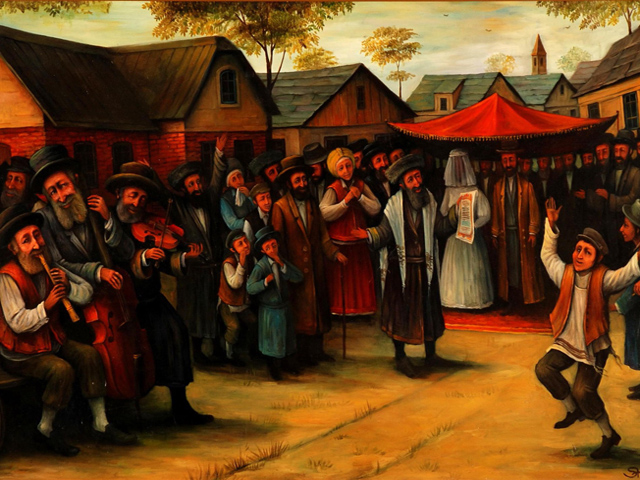
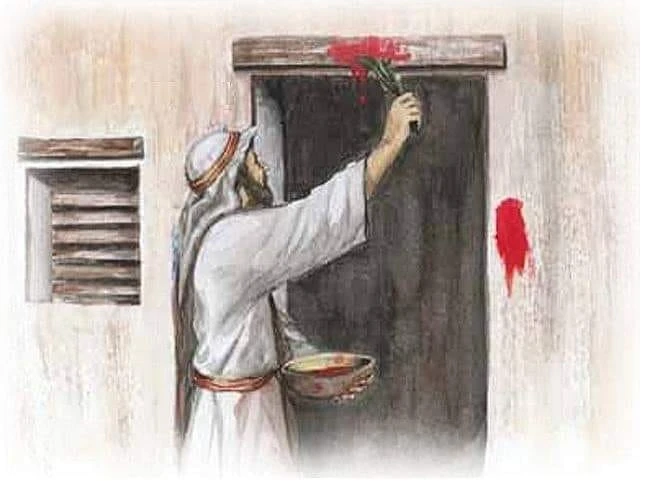
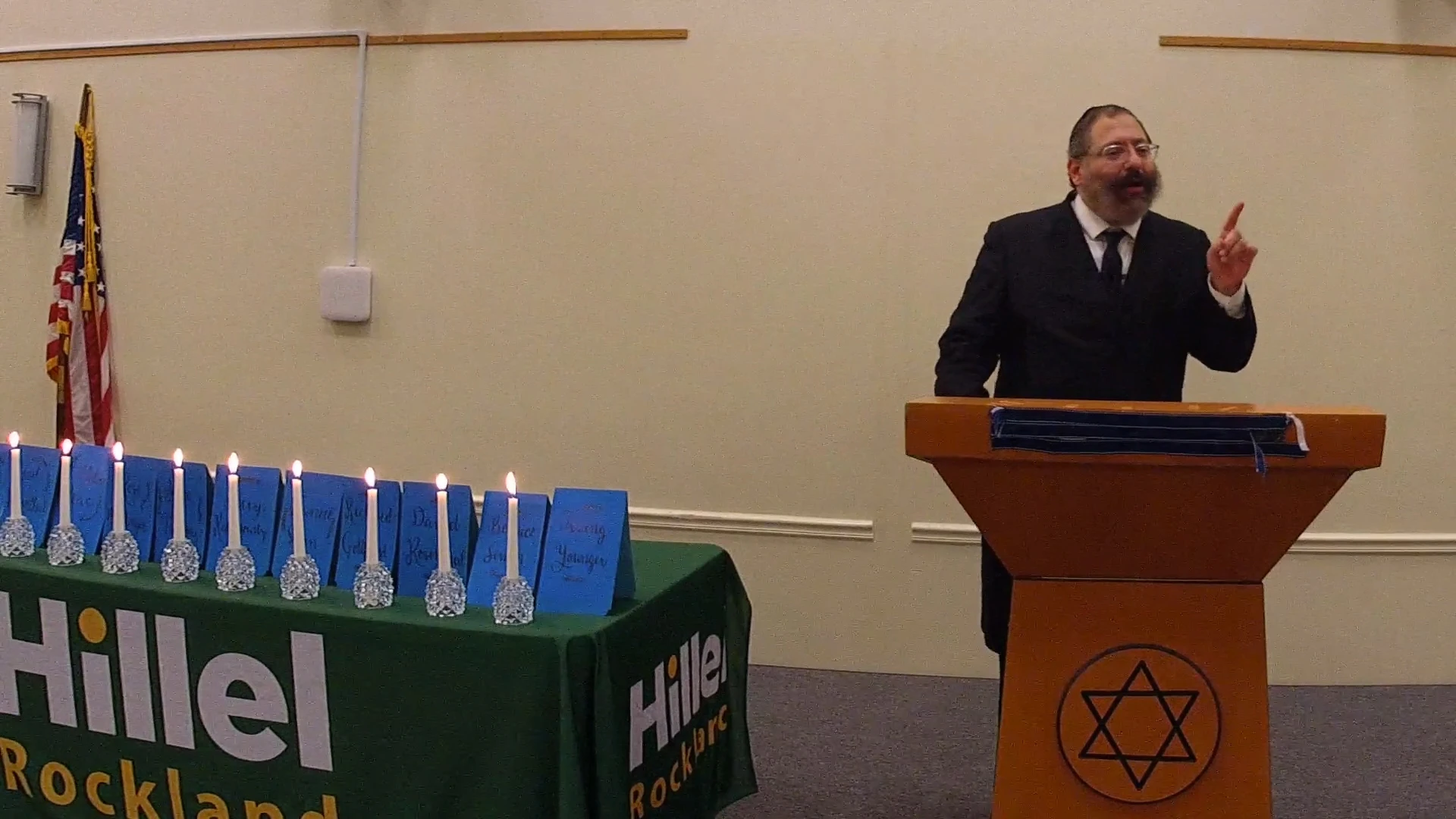


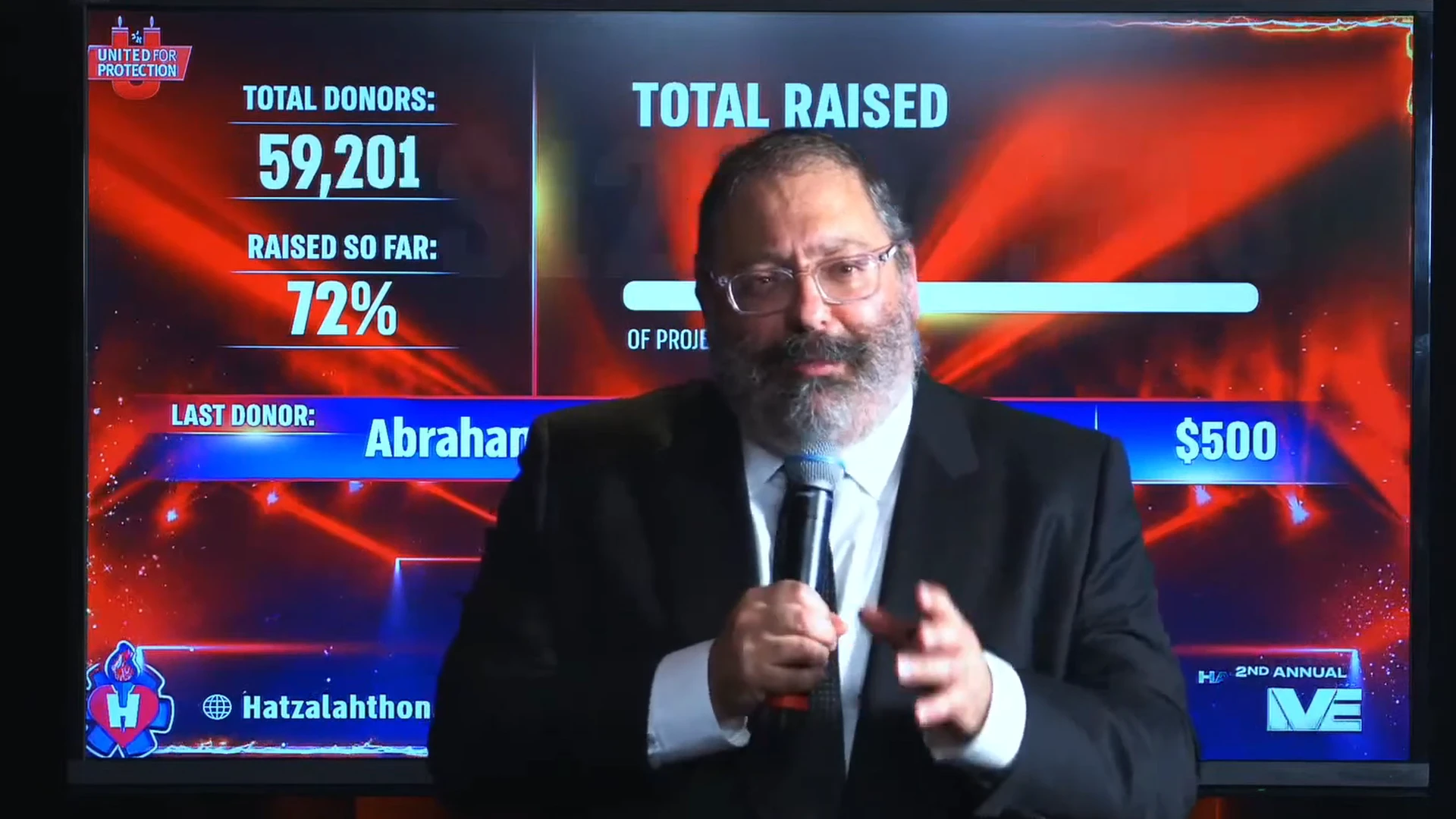
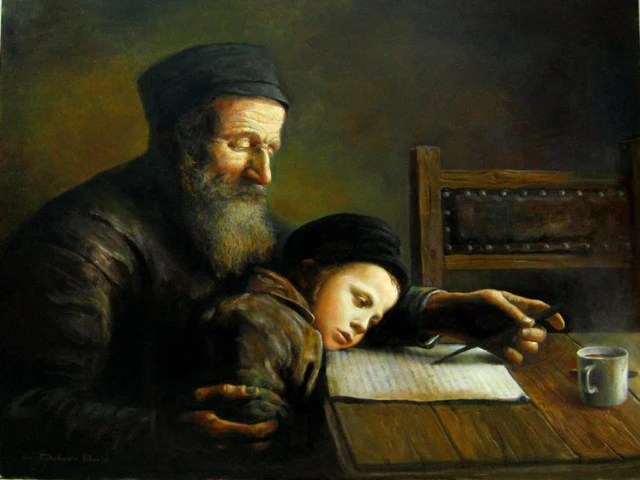

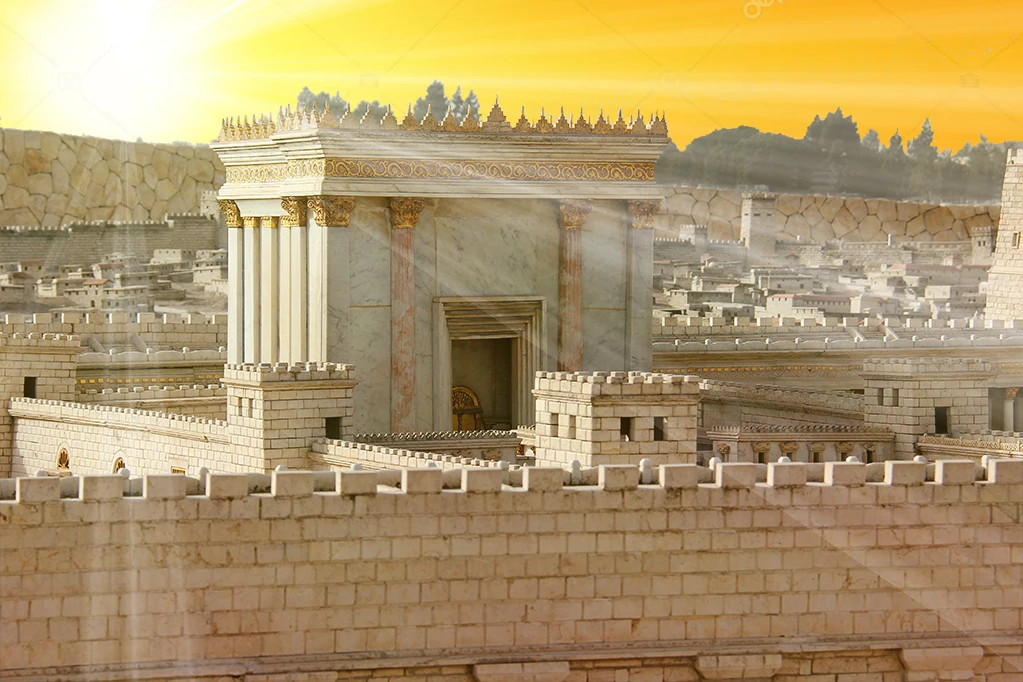
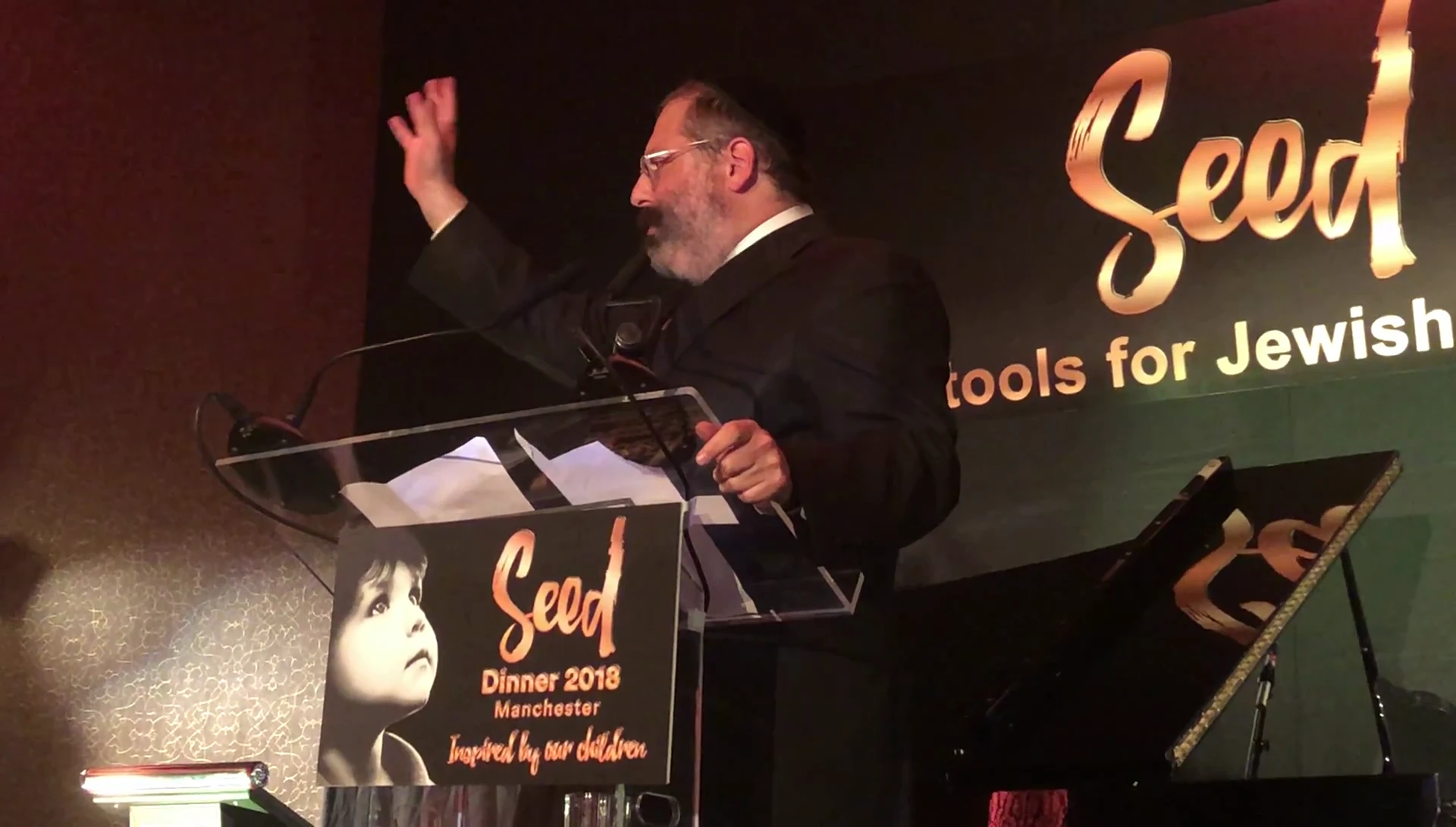
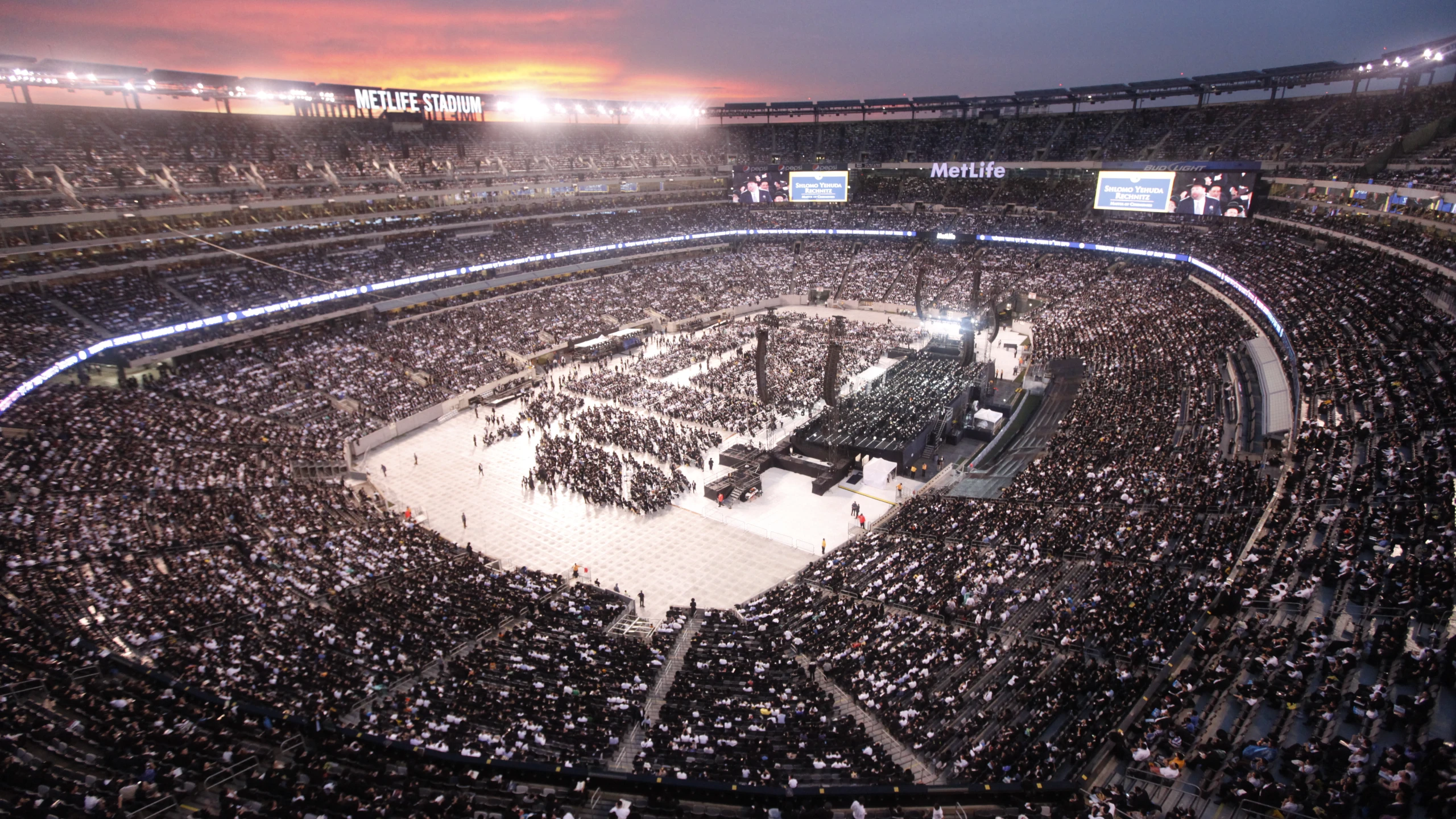
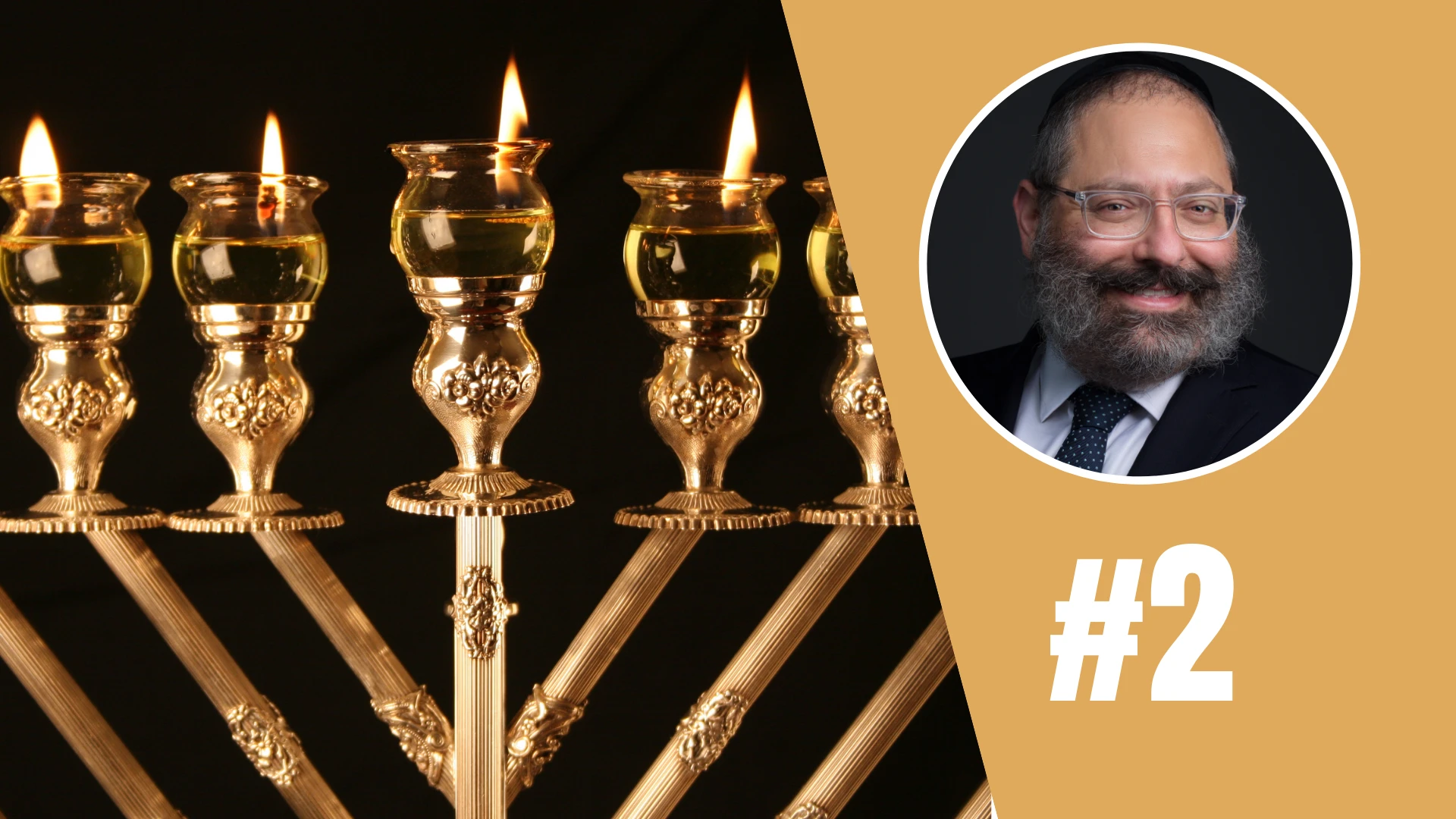
Please leave your comment below!
Benny Zippel -5 years ago
Non until the last Jew is brought home!!
This also ties in with the Nassi for 11 Nissan, Asher, as Reb Levik explains the connection between 11 Nissan and shevet asher that moshe could not take out Am Yisrael from Mitzayim until Serach bas Asher wouild tell him where Yosef's remains were. So too the Rebbe can only take us out of Golus only when he'll have reached out to every Yid in Golus to bring them home
Reply to this comment.Flag this comment.
Jacob -5 years ago
Another great one!! Making the message of the seder and the mitzvos ever relevant historically and presently in our busy scattered lives..
Reply to this comment.Flag this comment.
Bruce -5 years ago
Profoundly beautiful.
Thank you!
Reply to this comment.Flag this comment.
Tzipi -5 years ago
Love this!
This is what we are all about! This is what we devote our lives to! Reaching every Jew! Including our own children and family! I’ll be sharing this essay widely. Thank you! חג כשר ושמח!
Reply to this comment.Flag this comment.
Anonymous -5 years ago
Where are the Orthodox Organizations in Reaching Out?
Dear Rabbi YY,
Thanks for this essay. The Big Question still remains. 1) How do we bring our people back and 2) Why aren't we seeing more observant Jews active in this? We know Chabad does a lot of admirable work. But in the big picture.. we don't see articles in the Jewish Journal or Jewish Week about observant Jews inviting not-yet-observant Jews for Shabbat, for classes, concerts etc.
I can understand that the observant world is very busy simply trying to survive: to pay bills, educate their kids, marry off their kids and keep themselves together in today's world. It could be asked: Who has time to reach out to Jews who may say "not interested"?
But, I think if the large orthodox organizations really made the effort it would bear fruit. I'm not seeing it and have been criticized for even asking.
Reply to this comment.Flag this comment.
Kenneth olen Smith -6 years ago
Unity
Rabbi YY Jacobson again has offered a wonderful description of the present day realities and the work that will be done.Our mission for the past 26 years has been to educate the people of the nations to ask them to make a commitment to send a donation to the Rabbis of Israel that are raising money to build the Eternal third Temple on the Temple mount in the city of G_d Jerusalem, Israel. And to pray for the Jewish people that peace will come soon to the Eternal Nation the Land of Israel and the people of the nations. We thank all the wonderful people that are praying for our mission, Israel, Muslims and Christians and non-denominational, that have join our mission.
Reply to this comment.Flag this comment.
Shmuel -6 years ago
Thanks
Moving and inspirational.
Reply to this comment.Flag this comment.
Bracha Goetz -6 years ago
WONDERFUL!
I hope you will get to see my very candid story of being an afikomen that, B'H, returned. It's called![]() Searching for God in the Garbage.
Searching for God in the Garbage.
Reply to this comment.Flag this comment.
Haim Perlmutter -6 years ago
Great Article
Loved the article. Much hatzlacha.
Reply to this comment.Flag this comment.